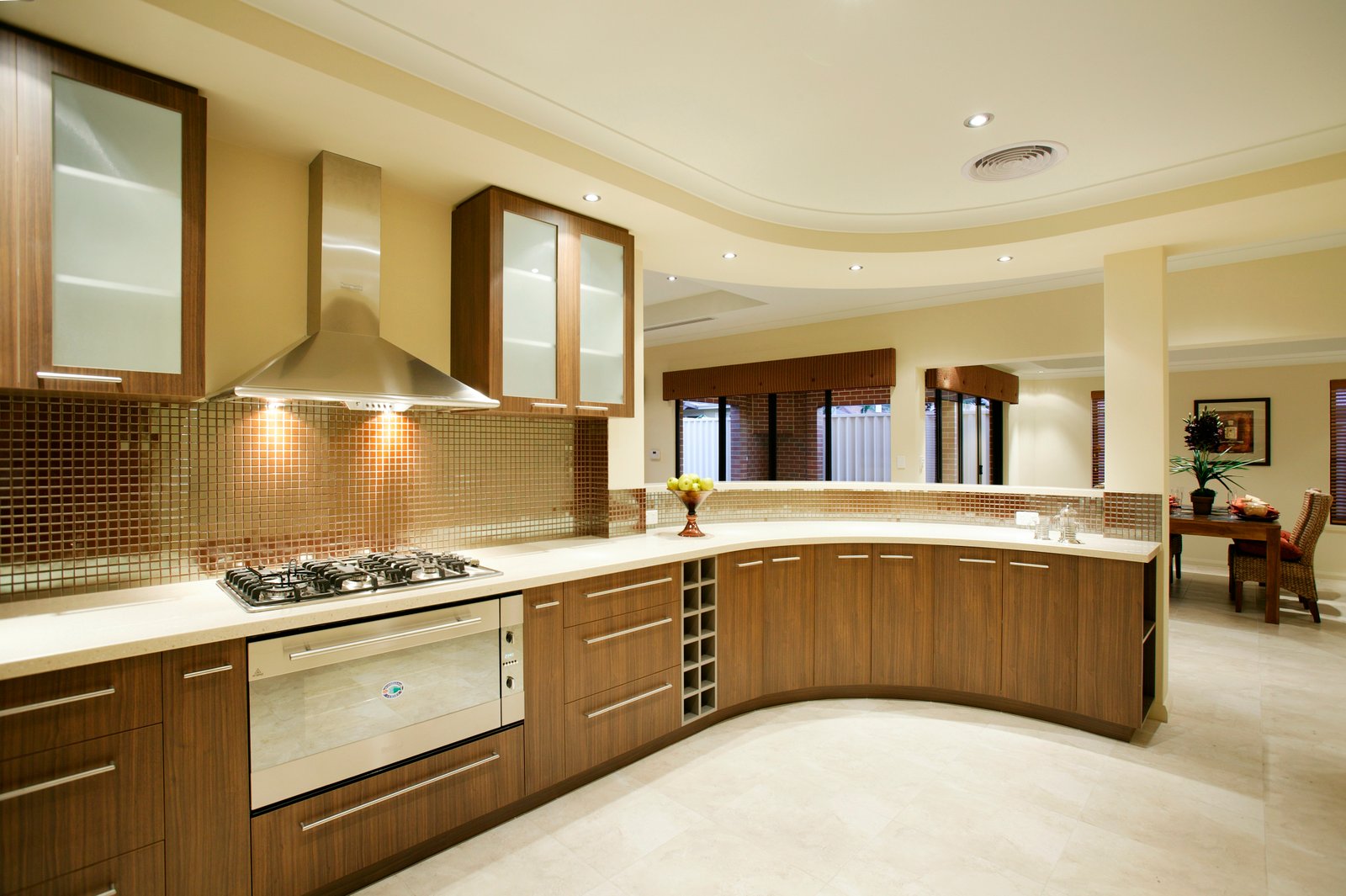Wooden Living Room Decor Ideas
Wood is a timeless and versatile material that adds warmth and character to any living room. However, it's easy to go overboard and end up with a space that feels too heavy and overwhelming. To help you strike the right balance, we've gathered the top 10 tips for incorporating wood into your living room decor.
How to Balance Wood in Your Living Room
The key to achieving a harmonious look in a wood-filled living room is to balance out the amount of wood with other materials. For instance, if you have a wooden coffee table, consider pairing it with a soft fabric sofa or a metal side table. This will prevent the room from feeling too one-dimensional and monotonous.
Maximizing Natural Light in a Wood-Filled Living Room
One way to prevent a wood-heavy living room from feeling dark and heavy is to make the most of natural light. Keep your windows unobstructed and use light-colored curtains or blinds to let in as much light as possible. This will not only brighten up the space but also create a beautiful contrast with the warmth of the wood.
Creating a Cozy Living Room with Wood Accents
Wood has a natural coziness to it, making it an ideal material for creating a warm and inviting living room. To enhance this cozy feel, add soft textures and warm colors to your decor. Think plush throw blankets, fluffy pillows, and warm-toned rugs. These elements will make your wood-filled living room feel like a cozy retreat.
Incorporating Different Types of Wood in Your Living Room
Don't limit yourself to using just one type of wood in your living room. Mixing different types of wood can add depth and interest to the space. For example, you can pair a light-colored oak coffee table with a darker walnut side table. Just make sure to keep the wood tones in the same color family to maintain a cohesive look.
Avoiding a "Cabin" Feel in a Wood-Heavy Living Room
Too much wood in a living room can sometimes give off a rustic, cabin-like feel. If that's not the look you're going for, balance out the wood with modern and contemporary elements. For instance, you can choose sleek and streamlined furniture pieces or add metallic accents for a touch of glamour.
Mixing and Matching Wood Tones in Your Living Room
Mixing and matching wood tones is a great way to add visual interest and depth to your living room. When doing so, it's important to choose wood tones that complement each other. For instance, you can pair a dark mahogany bookshelf with a lighter oak dining table. Just make sure not to have too many different wood tones in one space to avoid a cluttered look.
Using Plants to Soften a Wood-Dominated Living Room
Adding plants to your living room is an excellent way to soften the look of too much wood. Plants not only add a pop of color but also bring a natural and organic element to the space. You can place them in woven baskets or on wooden shelves to blend in with the wood theme of the room.
How to Incorporate Metal and Other Materials to Break Up Wood in a Living Room
Metallic accents, such as brass or copper, can add a touch of elegance and sophistication to a wood-filled living room. You can incorporate these accents through light fixtures, picture frames, or even furniture legs. Other materials like glass or acrylic can also break up the wood and add a modern twist to the space.
Creating a Modern and Sleek Living Room with Wood Accents
If you're going for a more modern and sleek living room, you can still incorporate wood accents without it feeling too heavy. Choose furniture with clean lines and a minimalist design, and opt for lighter wood tones, such as birch or ash. This will help create a modern and airy look while still incorporating the warmth of wood.
A Balance of Materials is Key in House Design
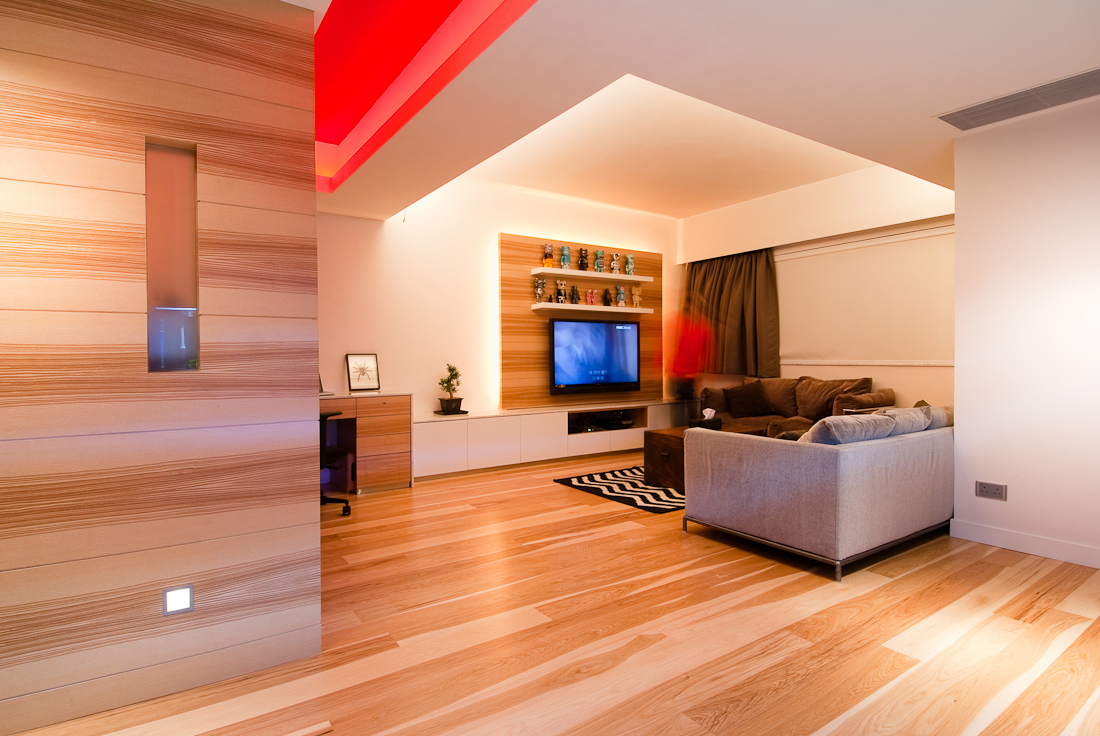
Creating a Cozy and Inviting Living Room
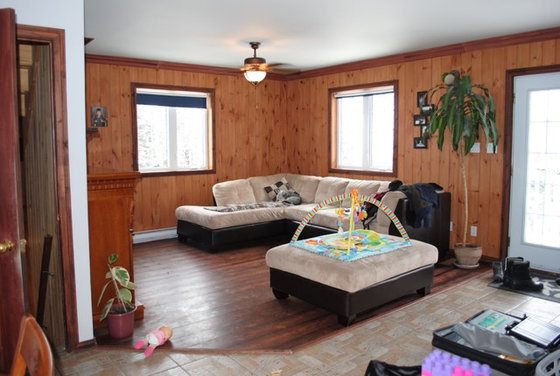 When it comes to designing a house, one of the most important factors to consider is the use of materials. A well-designed living room should be both functional and aesthetically pleasing, but too much of one material can throw off this balance. This is especially true when it comes to the use of wood in a living room. While wood can add warmth and texture to a space, having too much of it can make a room feel overwhelming and heavy. In this article, we will discuss the negative effects of having too much wood in a living room and offer tips on how to create a well-balanced space.
When it comes to designing a house, one of the most important factors to consider is the use of materials. A well-designed living room should be both functional and aesthetically pleasing, but too much of one material can throw off this balance. This is especially true when it comes to the use of wood in a living room. While wood can add warmth and texture to a space, having too much of it can make a room feel overwhelming and heavy. In this article, we will discuss the negative effects of having too much wood in a living room and offer tips on how to create a well-balanced space.
The Problem with Too Much Wood
 Wood is a popular material in house design, and for good reason. It adds a natural element and can give a space a warm and welcoming feel. However, using too much wood in a living room can create a sense of monotony and make the room feel dull and uninspired. In addition, wood can absorb light, making the room feel darker and smaller than it actually is. This can be especially problematic in smaller living rooms. Too much wood can also make a room feel dated and lack modernity.
Wood is a popular material in house design, and for good reason. It adds a natural element and can give a space a warm and welcoming feel. However, using too much wood in a living room can create a sense of monotony and make the room feel dull and uninspired. In addition, wood can absorb light, making the room feel darker and smaller than it actually is. This can be especially problematic in smaller living rooms. Too much wood can also make a room feel dated and lack modernity.
Creating Balance with Other Materials
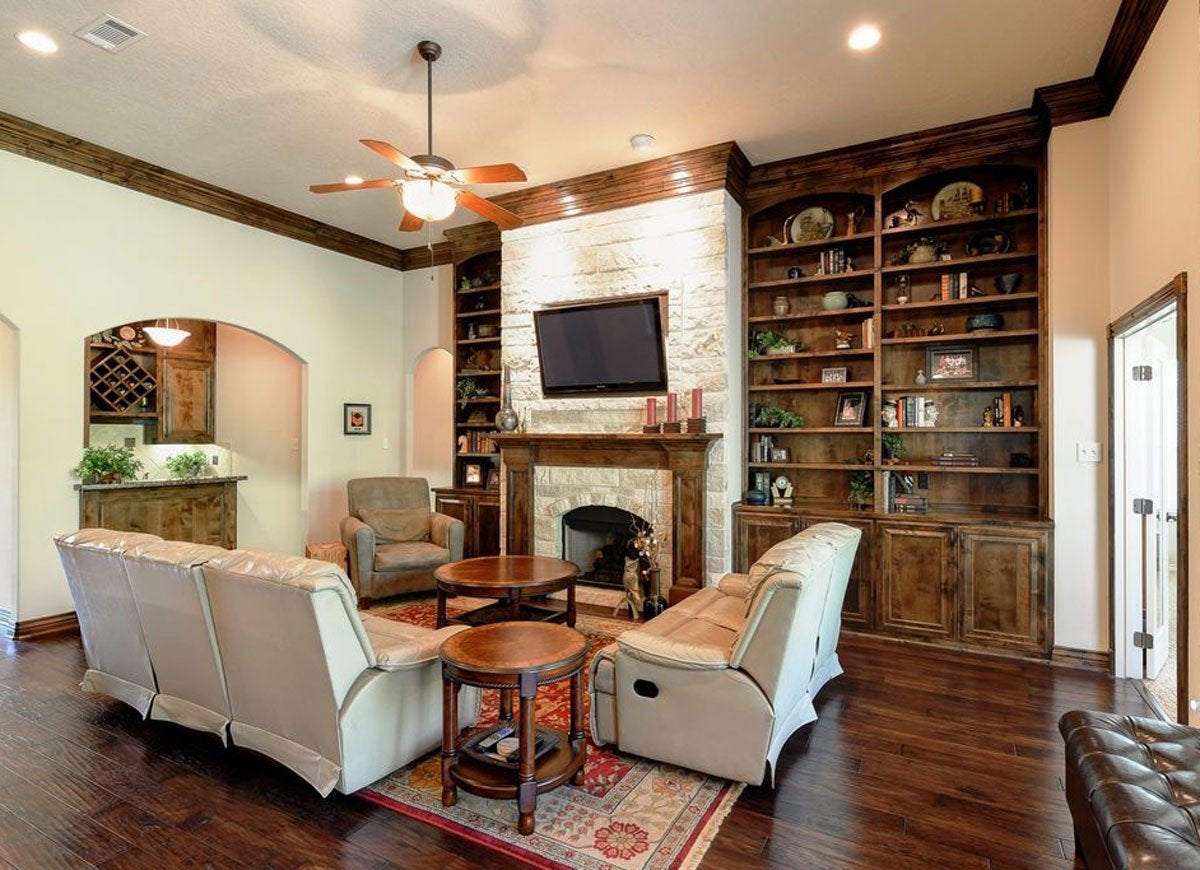 To avoid the negative effects of too much wood, it is important to incorporate other materials into the design of a living room. This can be achieved through the use of different textures, colors, and materials. For example, pairing wood with metal or glass can add contrast and create a more dynamic space. Adding textiles, such as rugs, throw pillows, and curtains, can also help soften the look of a room and add visual interest. Another option is to paint or stain the wood in different shades to create a more varied and visually appealing look.
To avoid the negative effects of too much wood, it is important to incorporate other materials into the design of a living room. This can be achieved through the use of different textures, colors, and materials. For example, pairing wood with metal or glass can add contrast and create a more dynamic space. Adding textiles, such as rugs, throw pillows, and curtains, can also help soften the look of a room and add visual interest. Another option is to paint or stain the wood in different shades to create a more varied and visually appealing look.
Using Wood in Moderation
 While incorporating other materials is important, it is also essential to use wood in moderation. This means being mindful of the amount of wood used in furniture, flooring, and wall accents. A good rule of thumb is to have no more than 50% of the surfaces in a living room covered in wood. This allows for a balance between the warmth and texture of wood and the use of other materials.
While incorporating other materials is important, it is also essential to use wood in moderation. This means being mindful of the amount of wood used in furniture, flooring, and wall accents. A good rule of thumb is to have no more than 50% of the surfaces in a living room covered in wood. This allows for a balance between the warmth and texture of wood and the use of other materials.
In Conclusion
 In conclusion, while wood can add a cozy and inviting feel to a living room, too much of it can have negative effects on the overall design. By incorporating other materials and using wood in moderation, a well-balanced and visually appealing living room can be created. Remember to consider the use of materials when designing a house and strive for a harmonious balance in every room.
In conclusion, while wood can add a cozy and inviting feel to a living room, too much of it can have negative effects on the overall design. By incorporating other materials and using wood in moderation, a well-balanced and visually appealing living room can be created. Remember to consider the use of materials when designing a house and strive for a harmonious balance in every room.
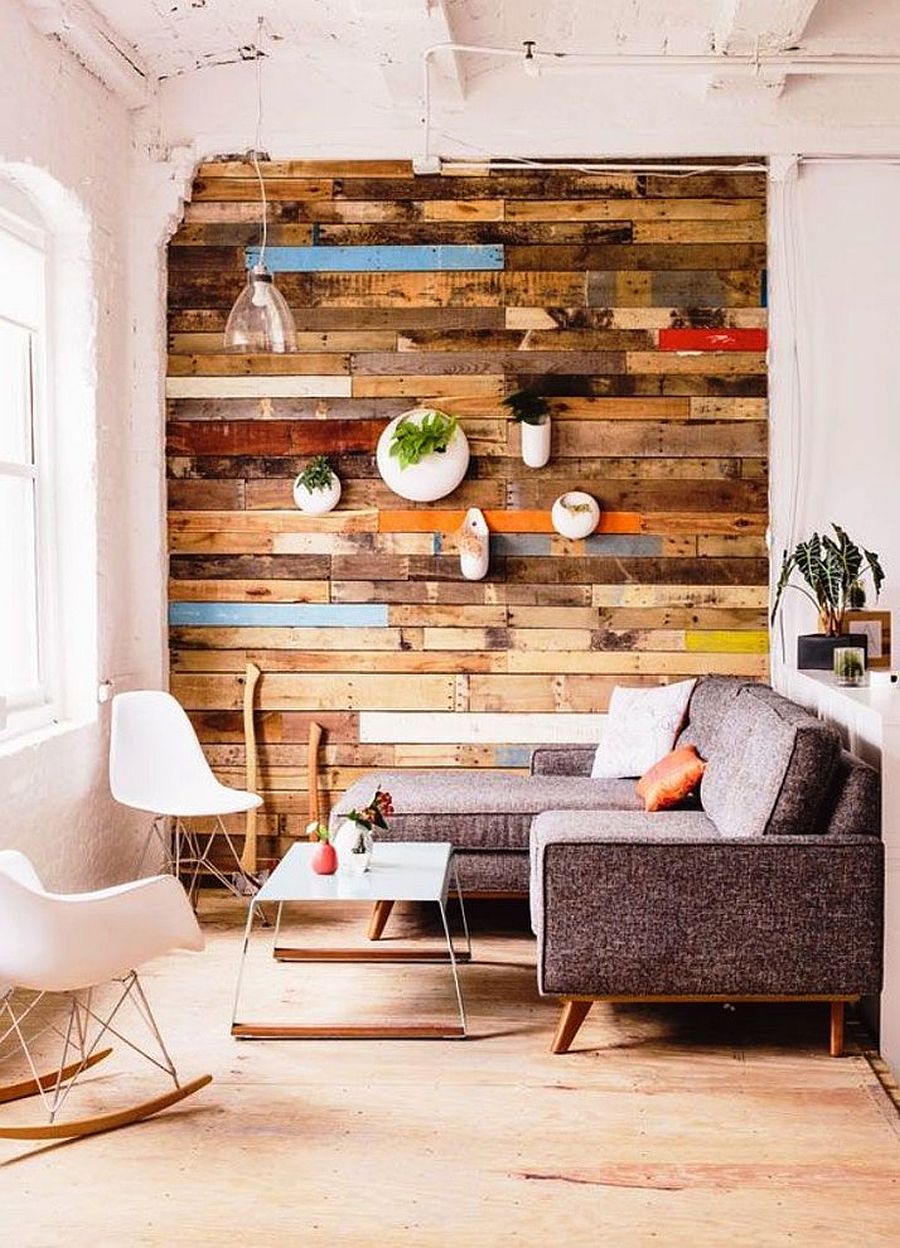


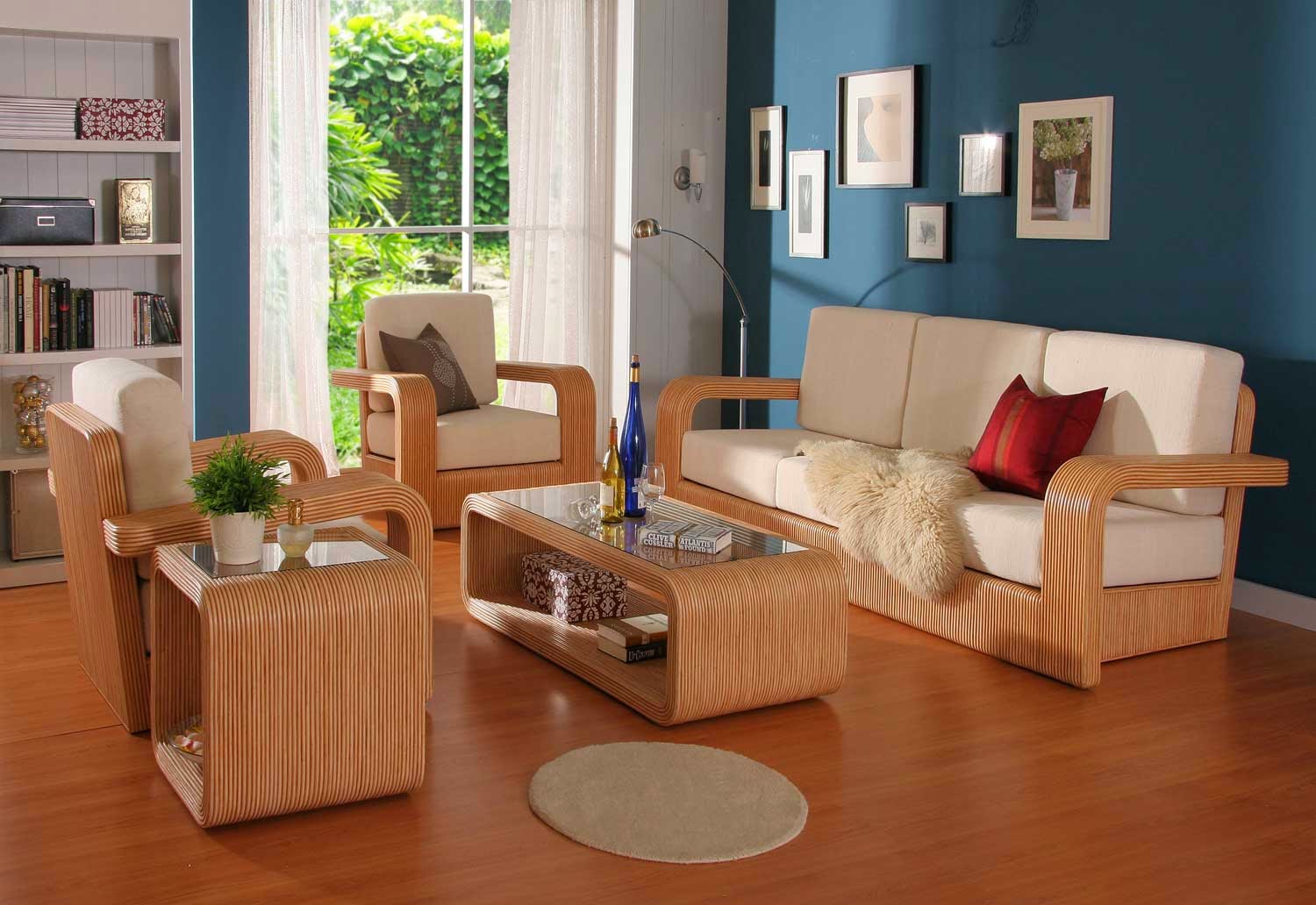
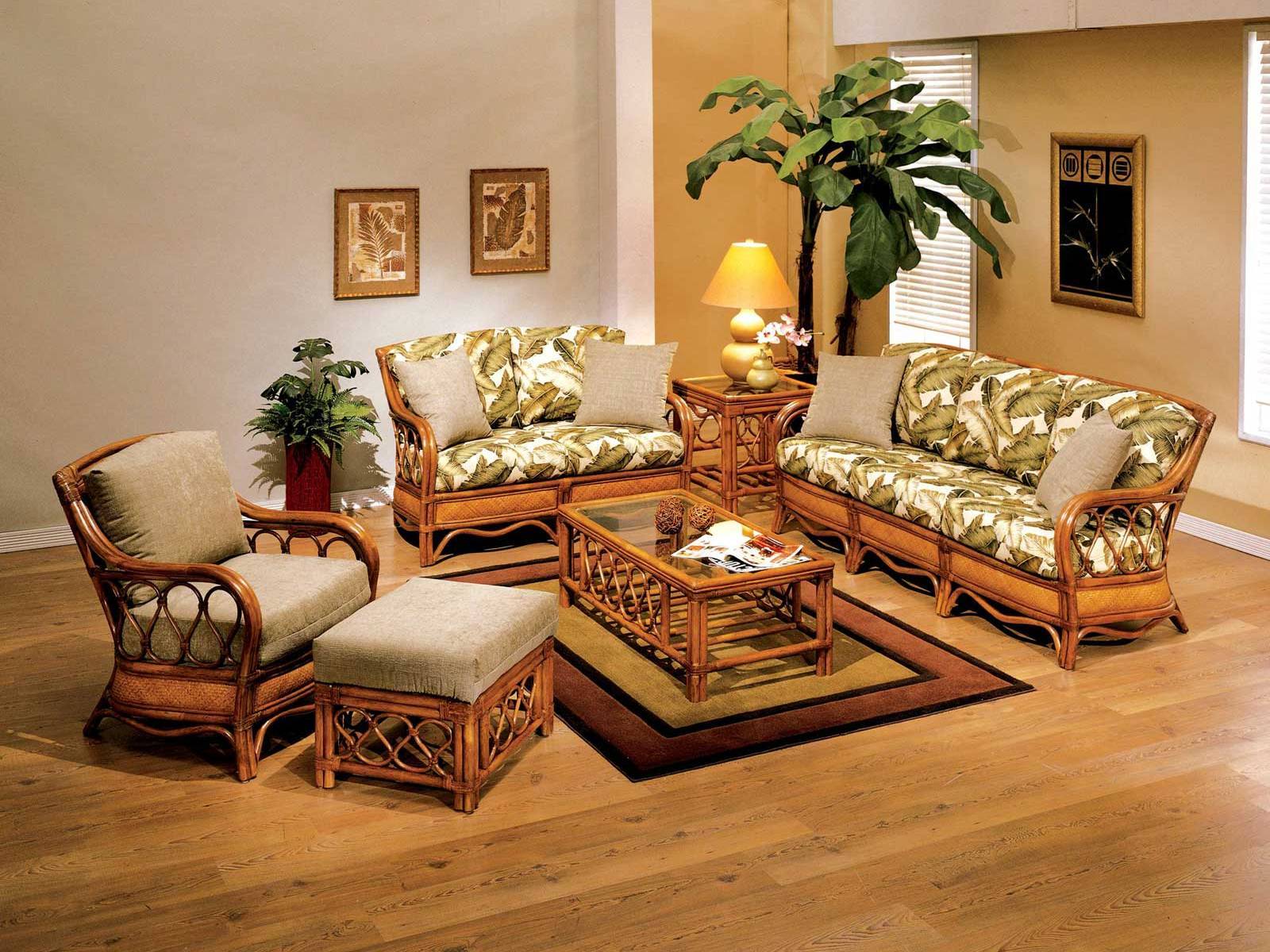

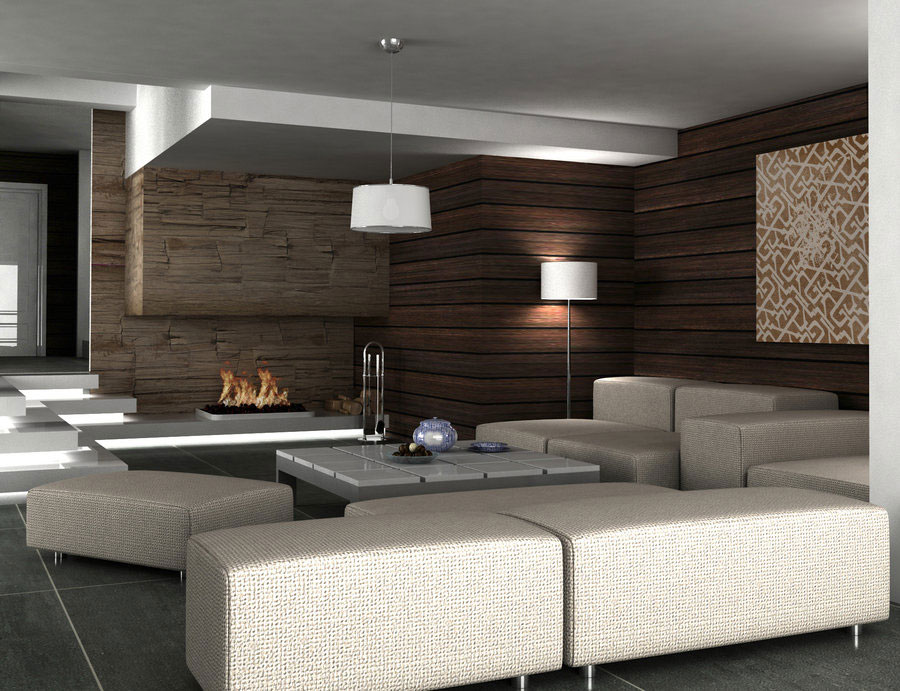
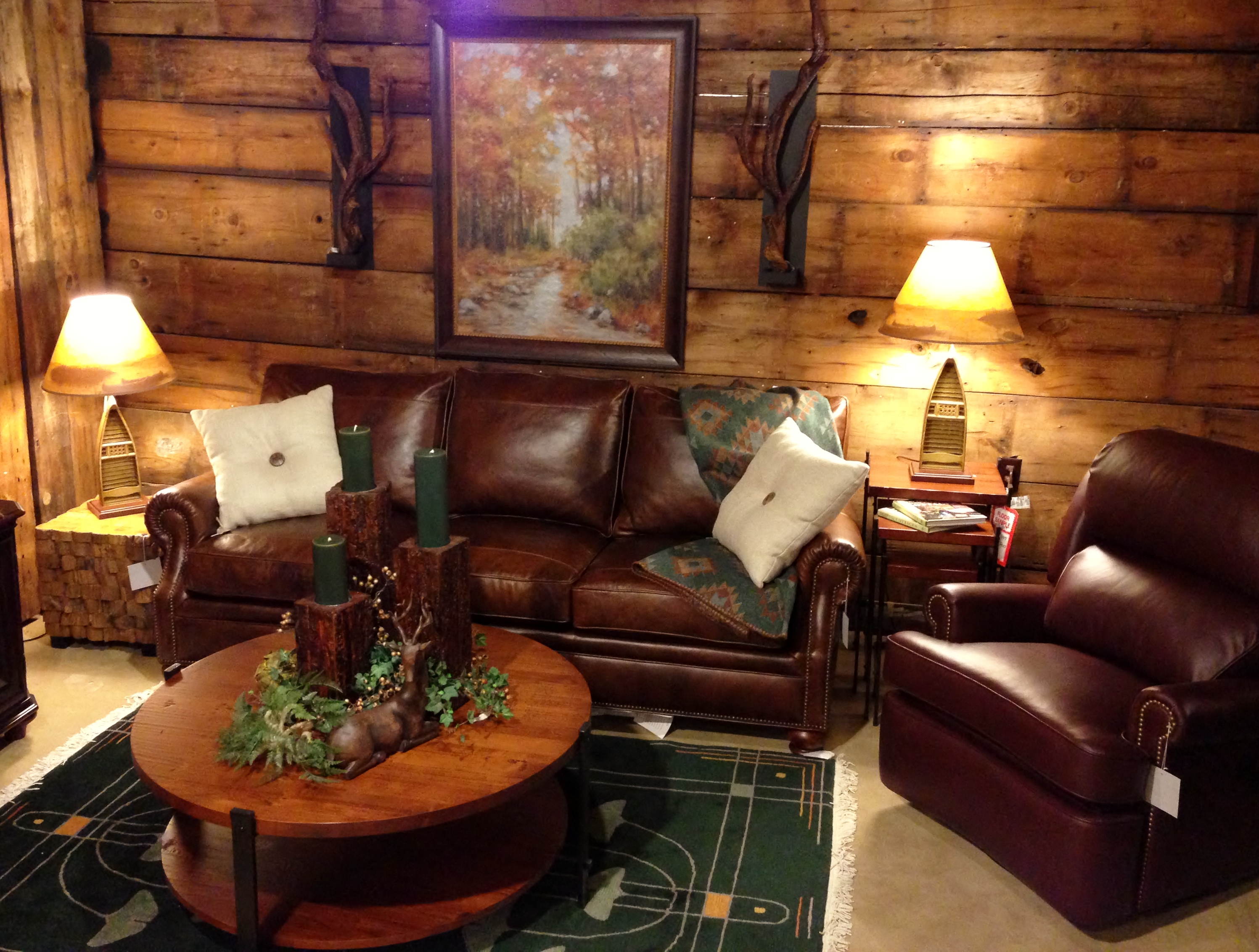







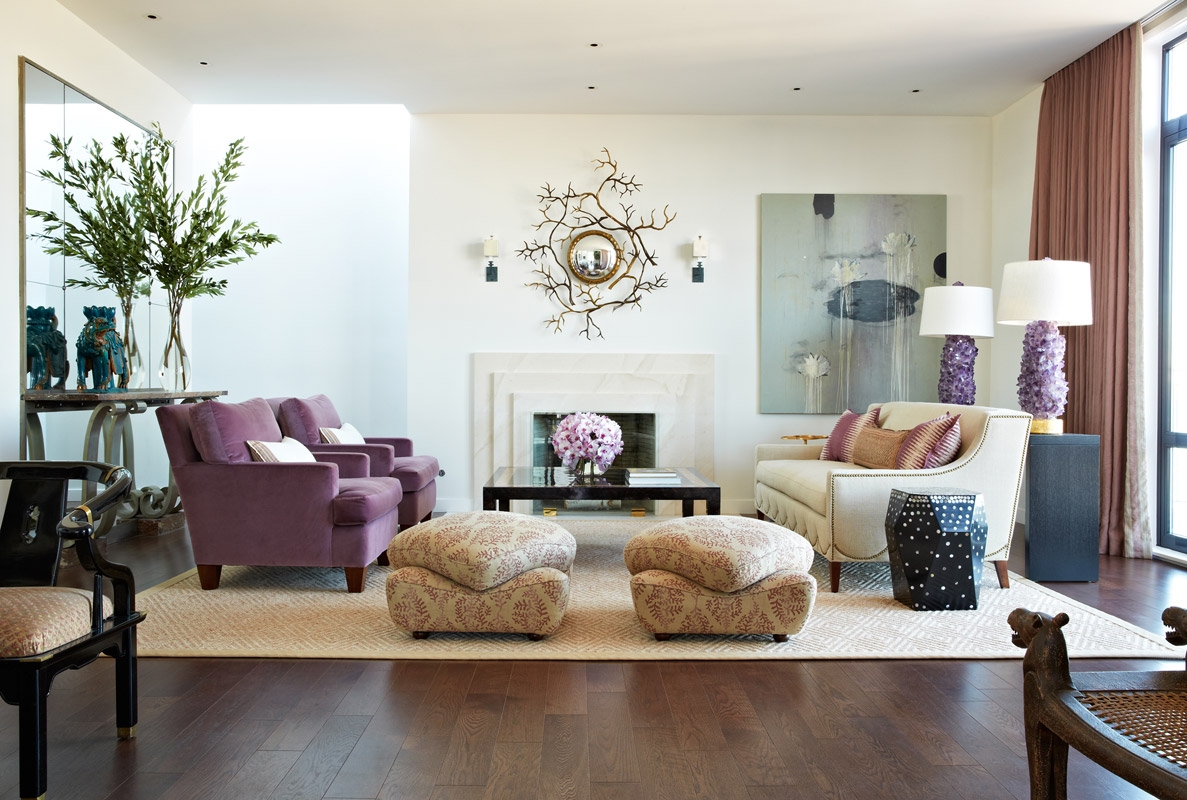
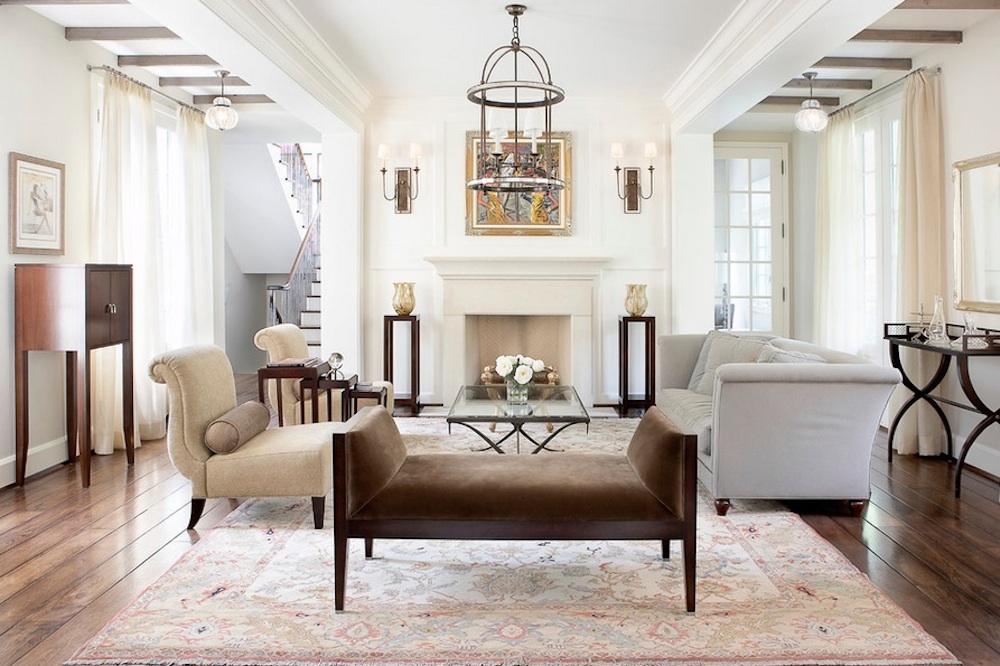










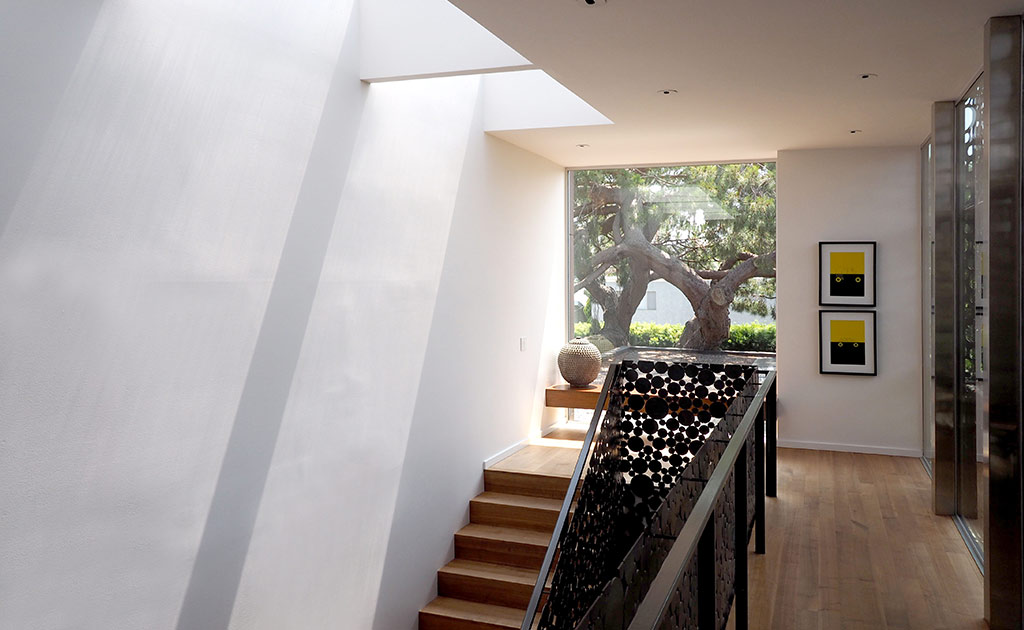





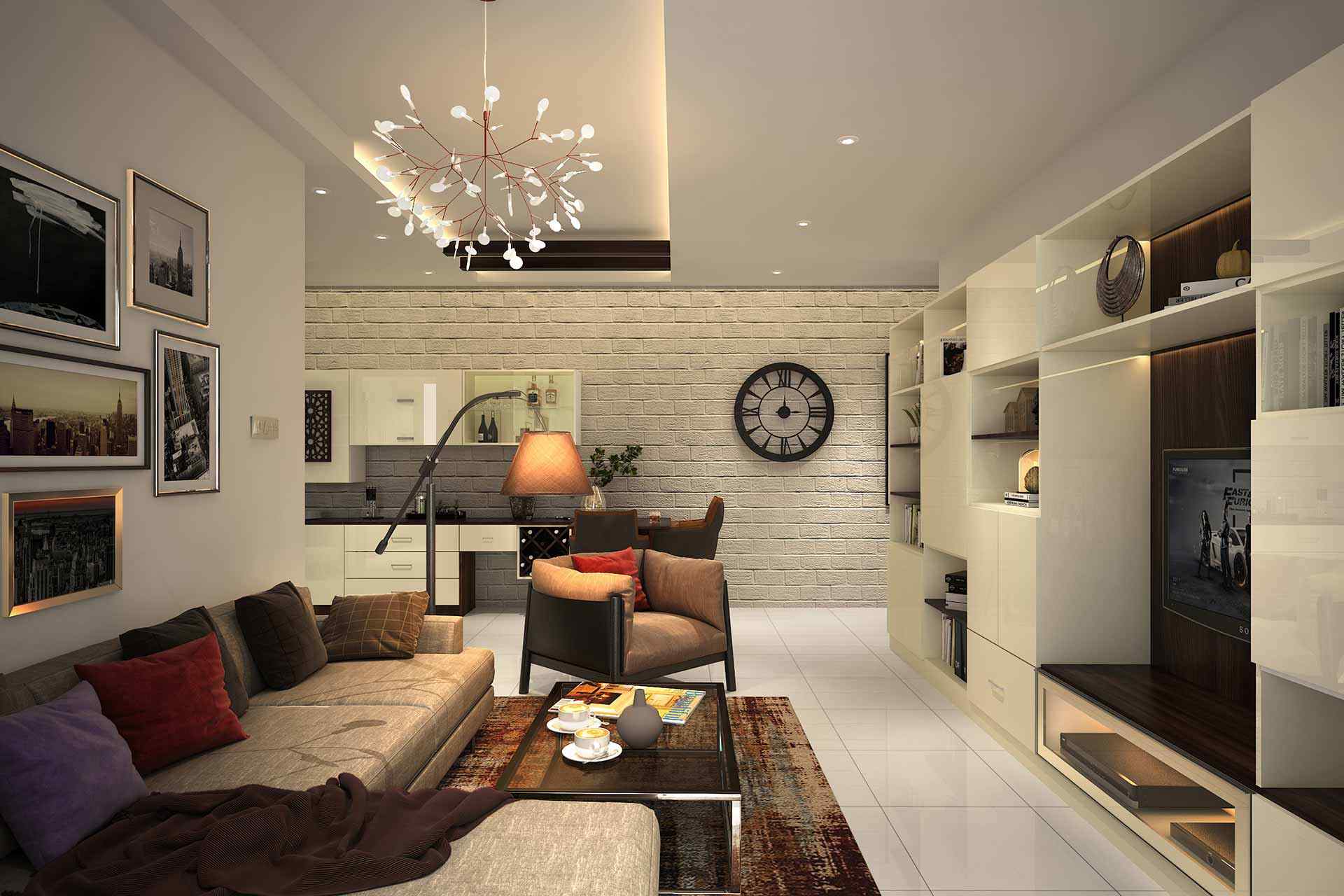

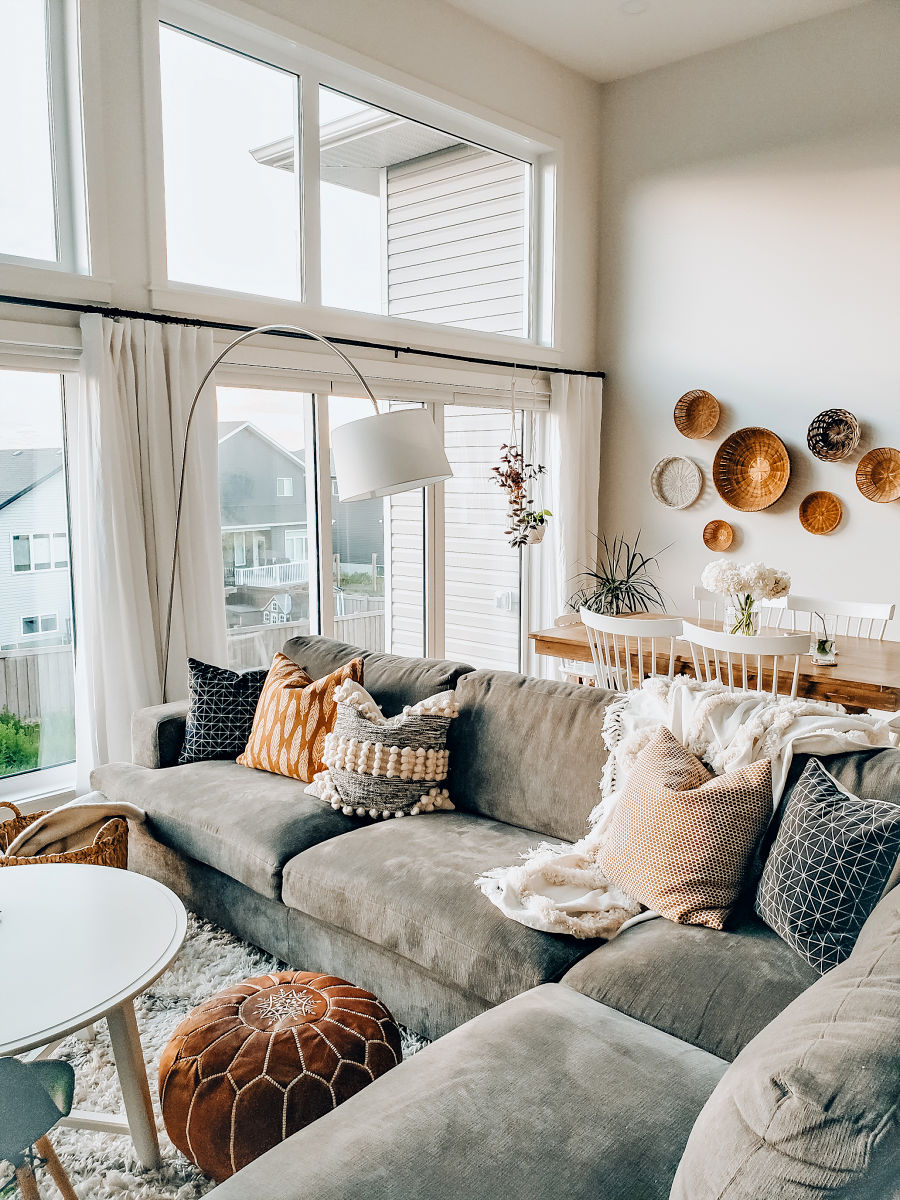


:max_bytes(150000):strip_icc()/visualvantage_84441292_216451146149693_3008351985149100497_n-30f5e244da3448979ca4ba0d88541be9.jpg)

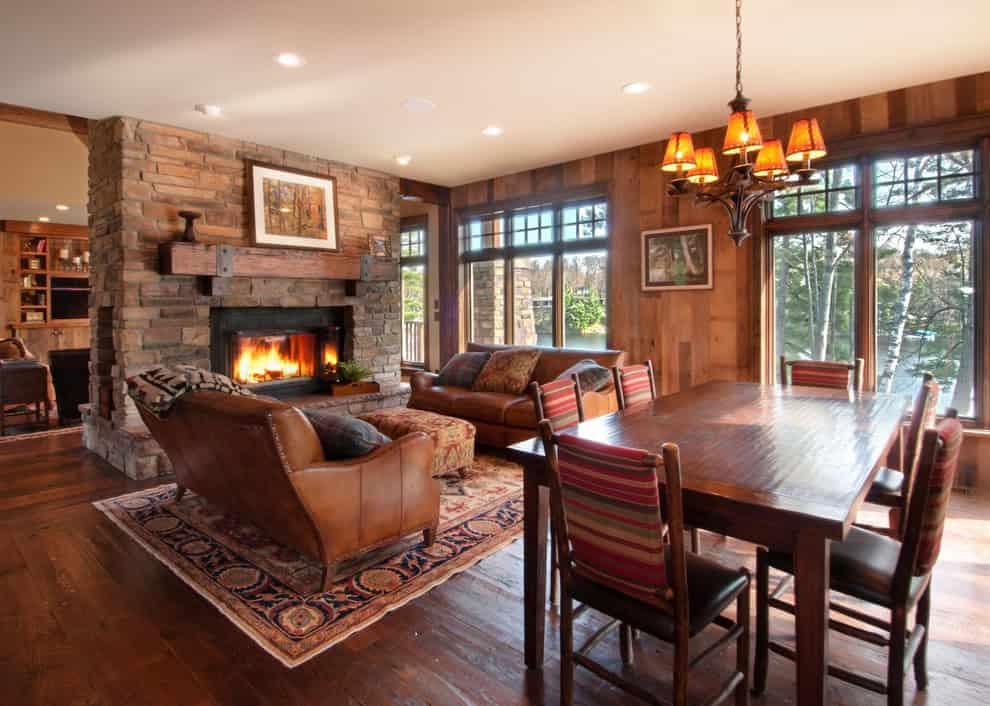

:max_bytes(150000):strip_icc()/orestudios_lonemadrone_05-0294eeaf854c4d8ebf34d13990996973.jpg)
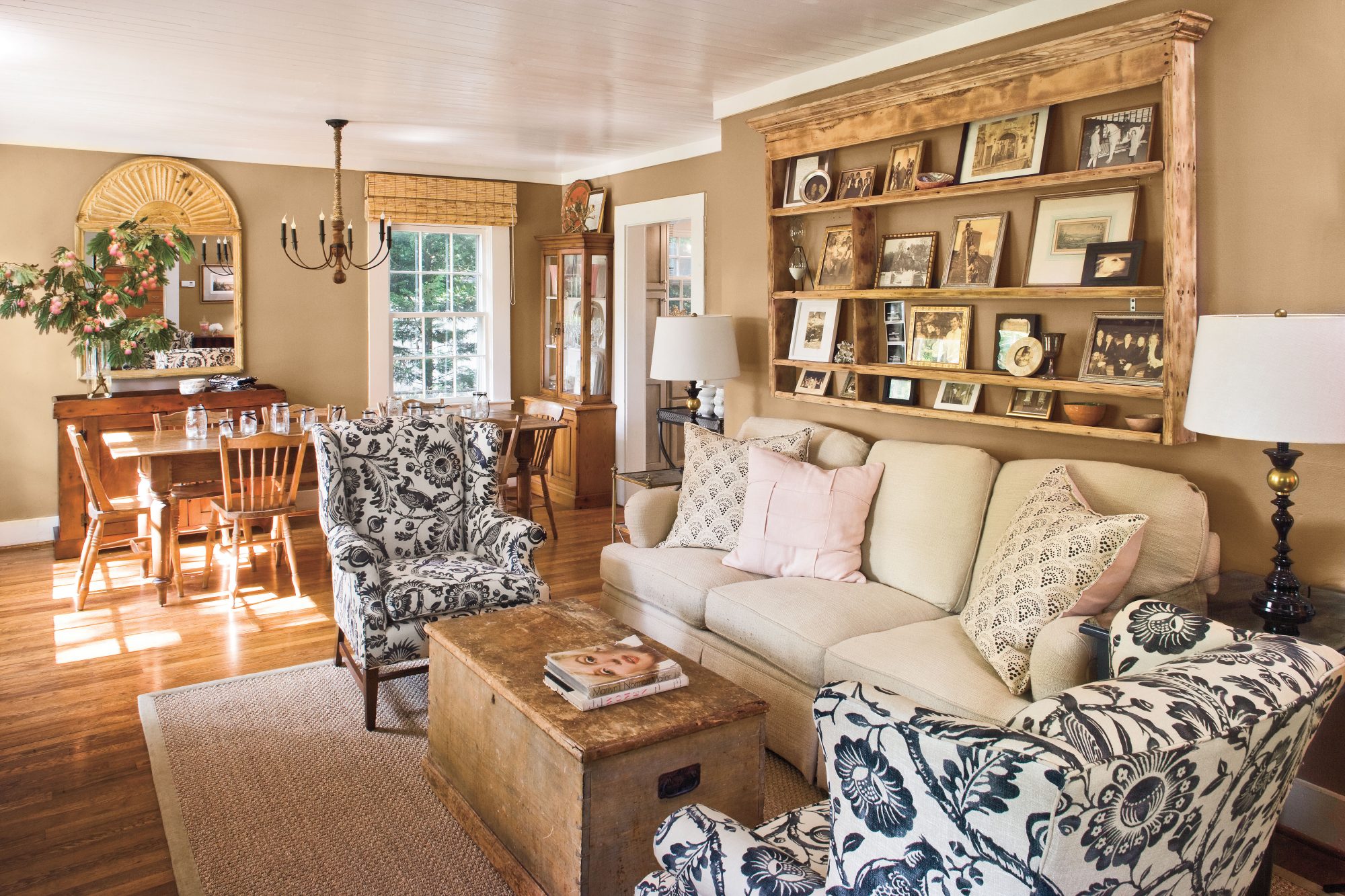

/Living-room-with-plaid-and-leather-furniture-589faf575f9b58819cb3fb05.png)


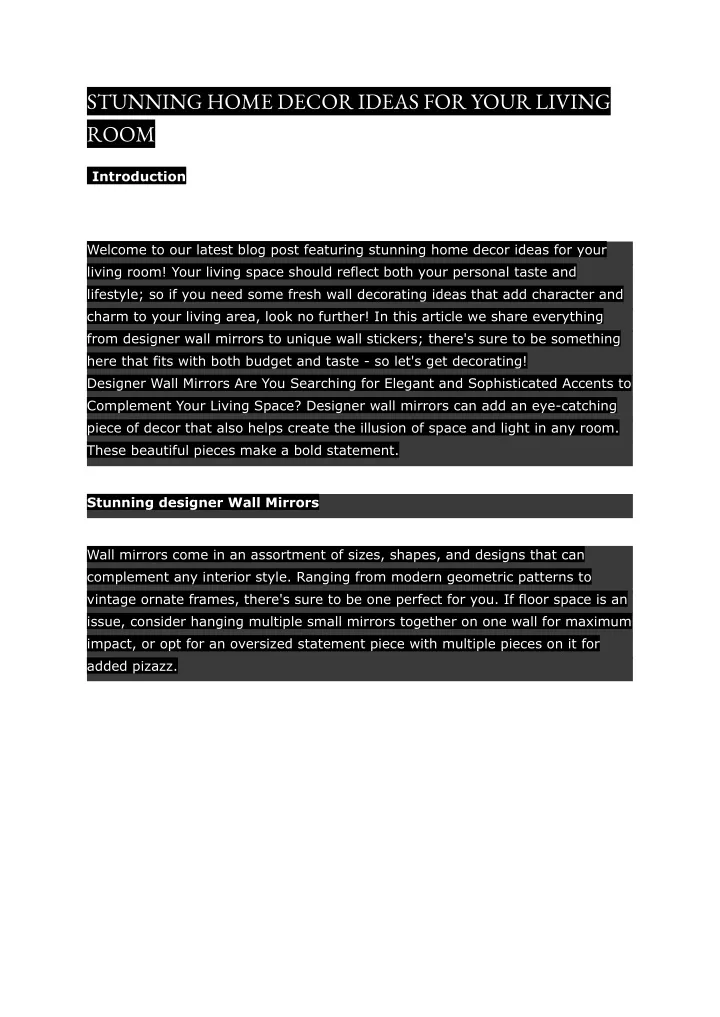




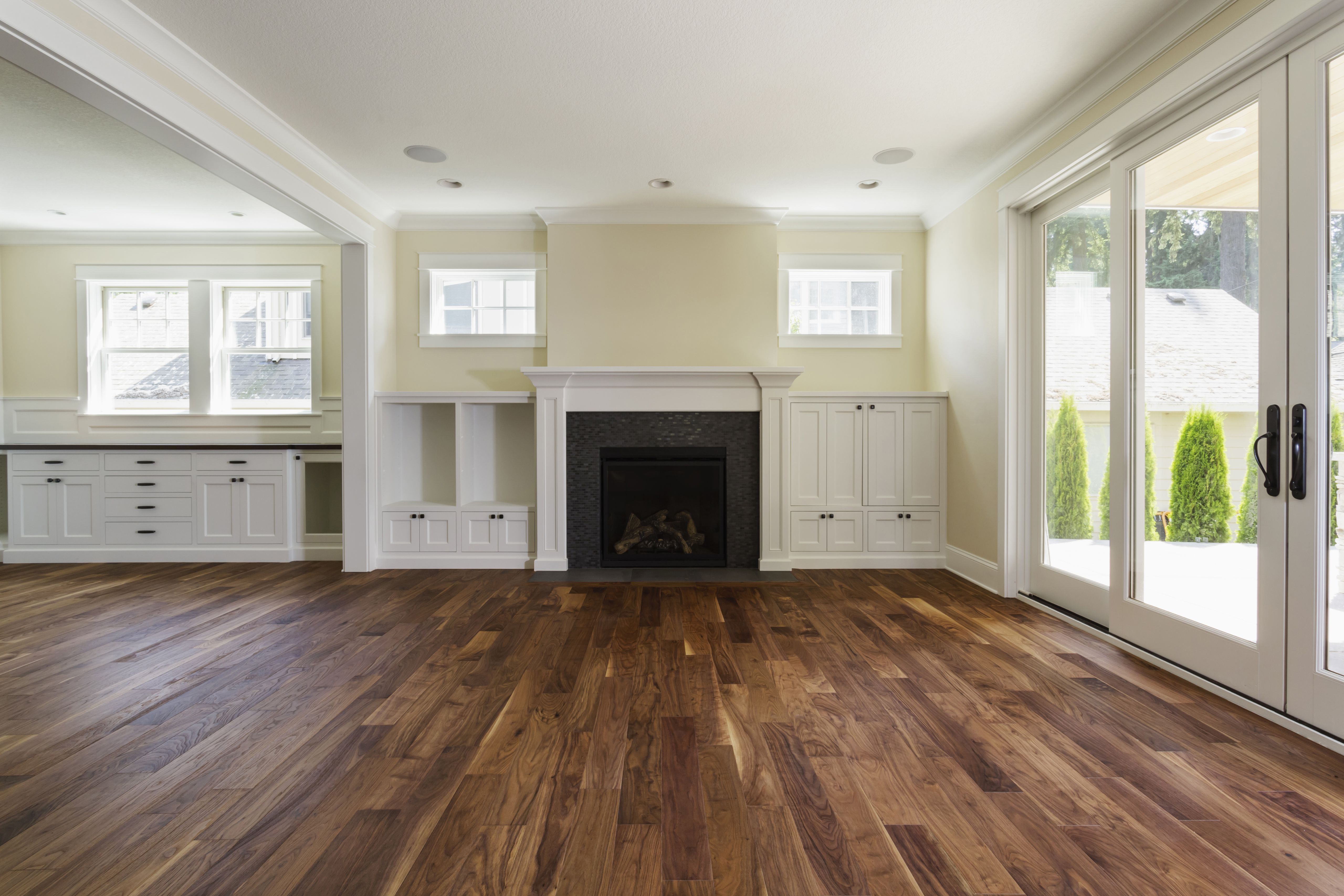
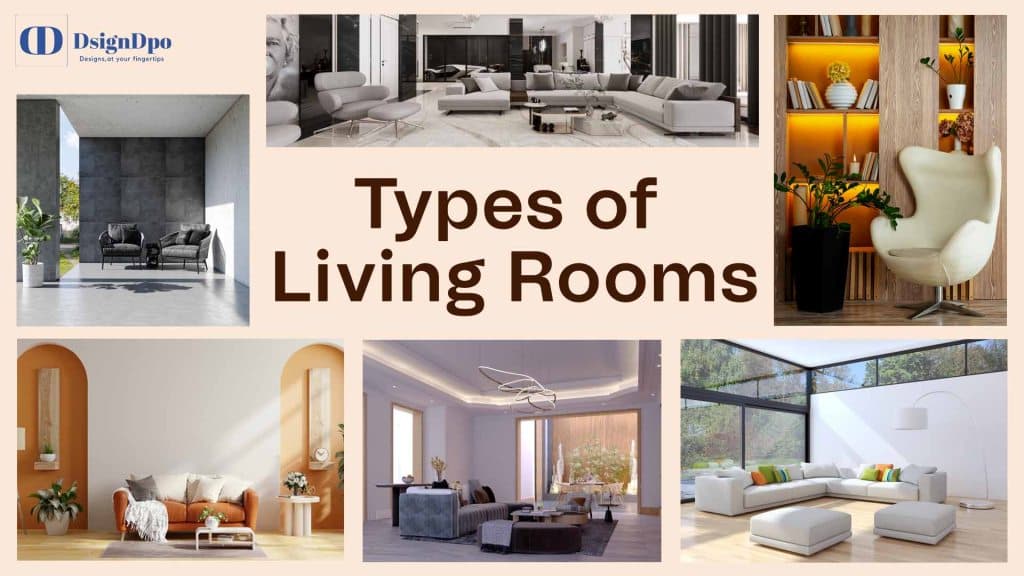


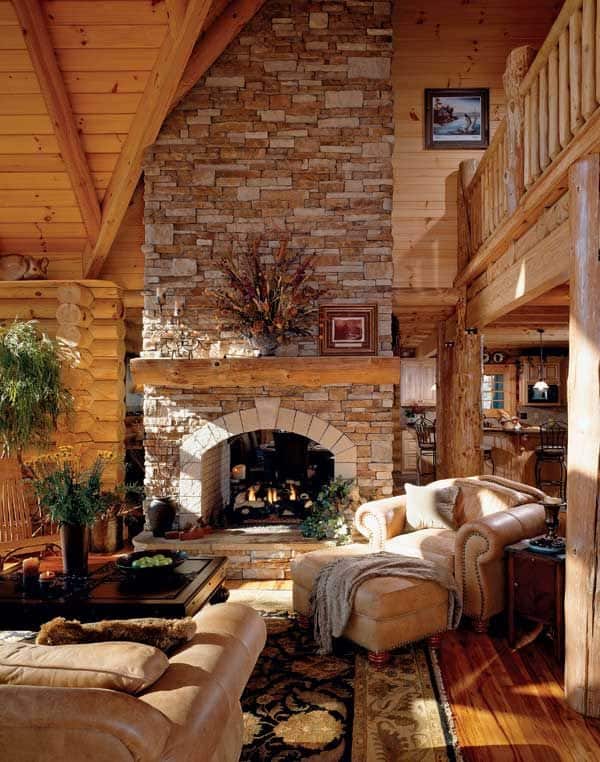


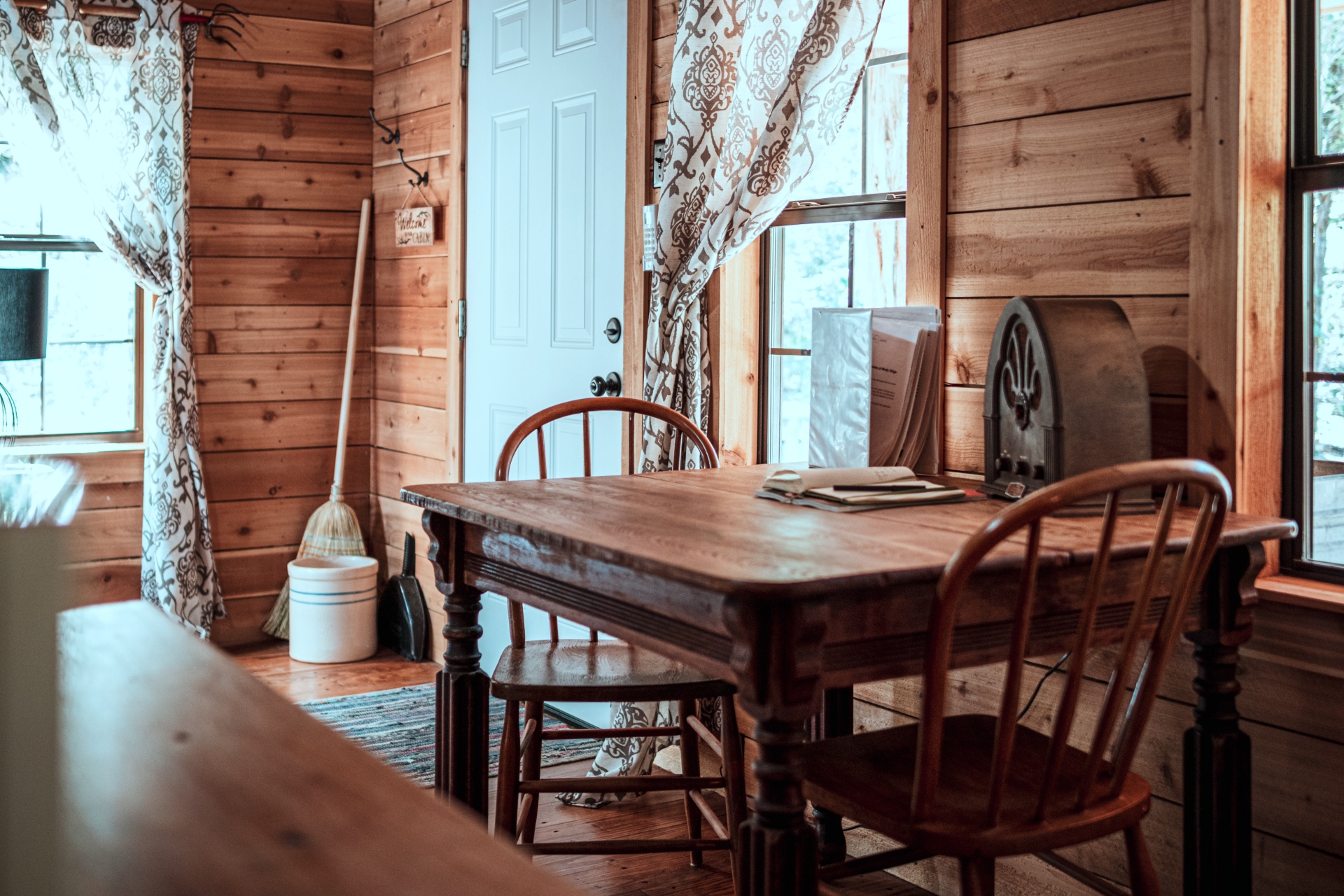
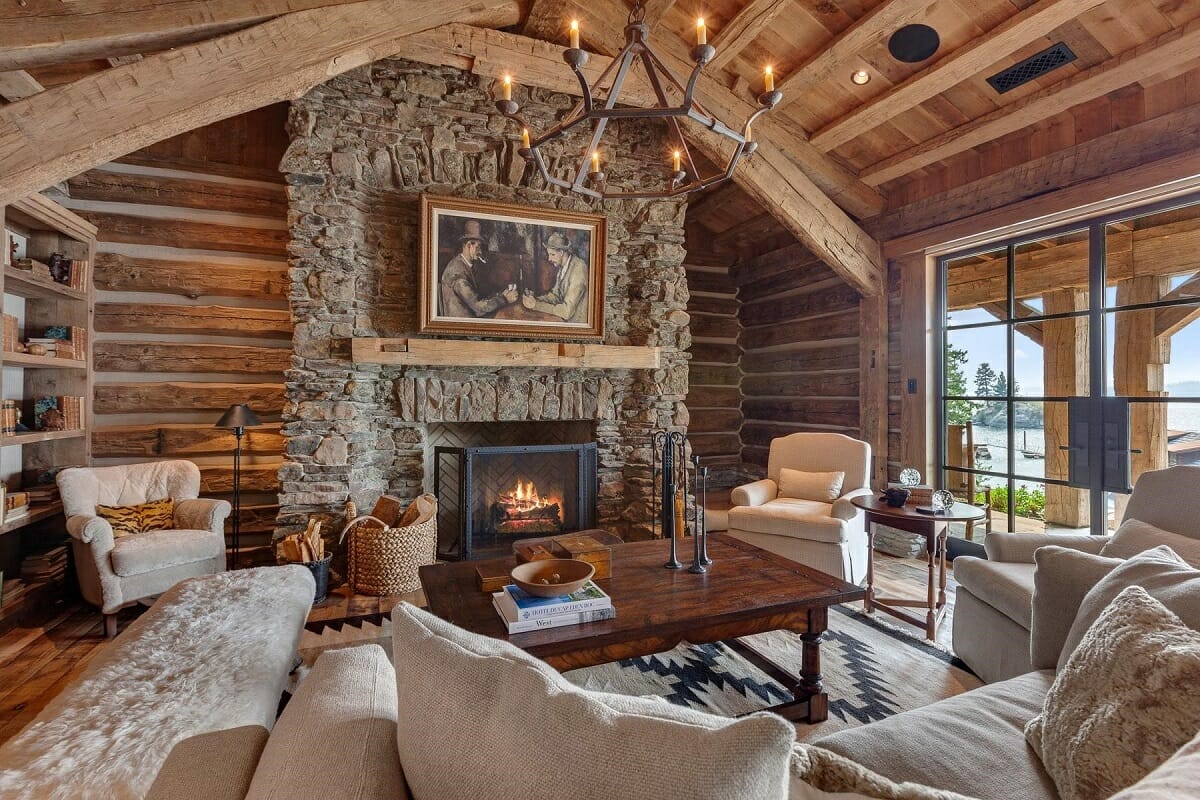













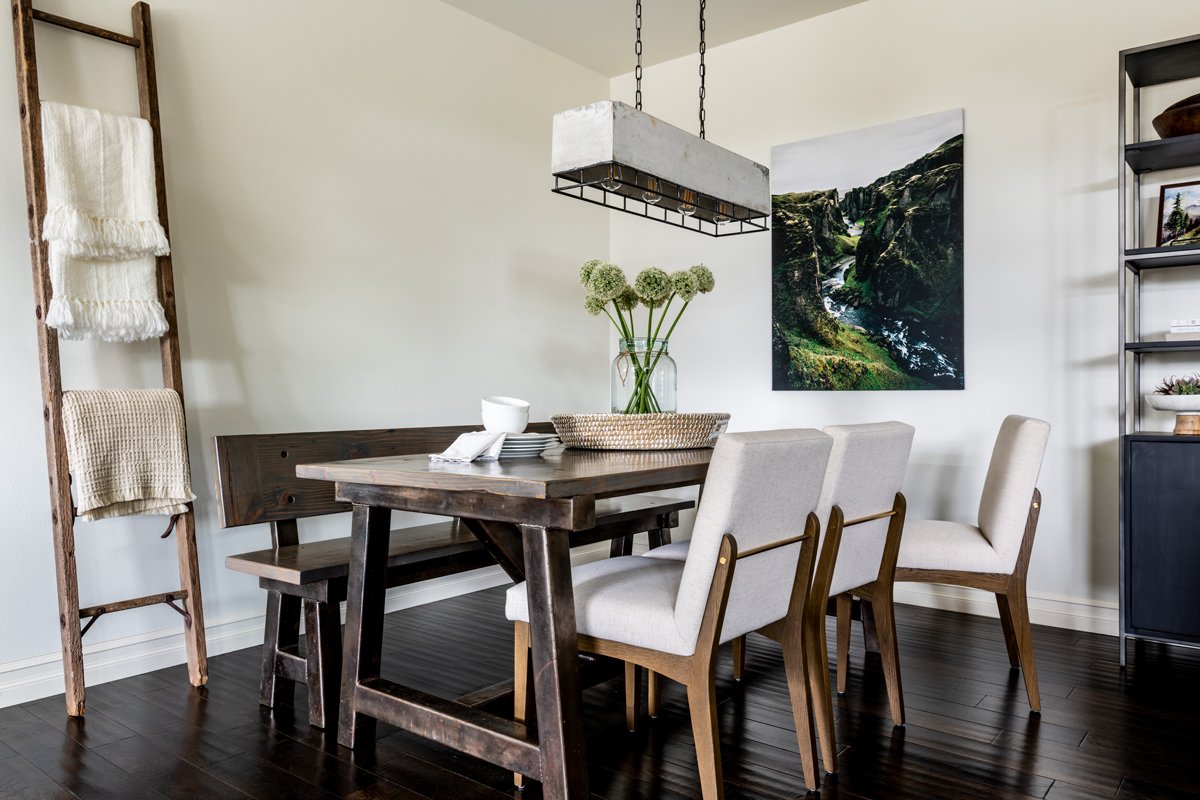
/170619_Bespoke_Bridgehampton-0134-edfcbde576b04505a95eceebe843b3c7.jpg)
















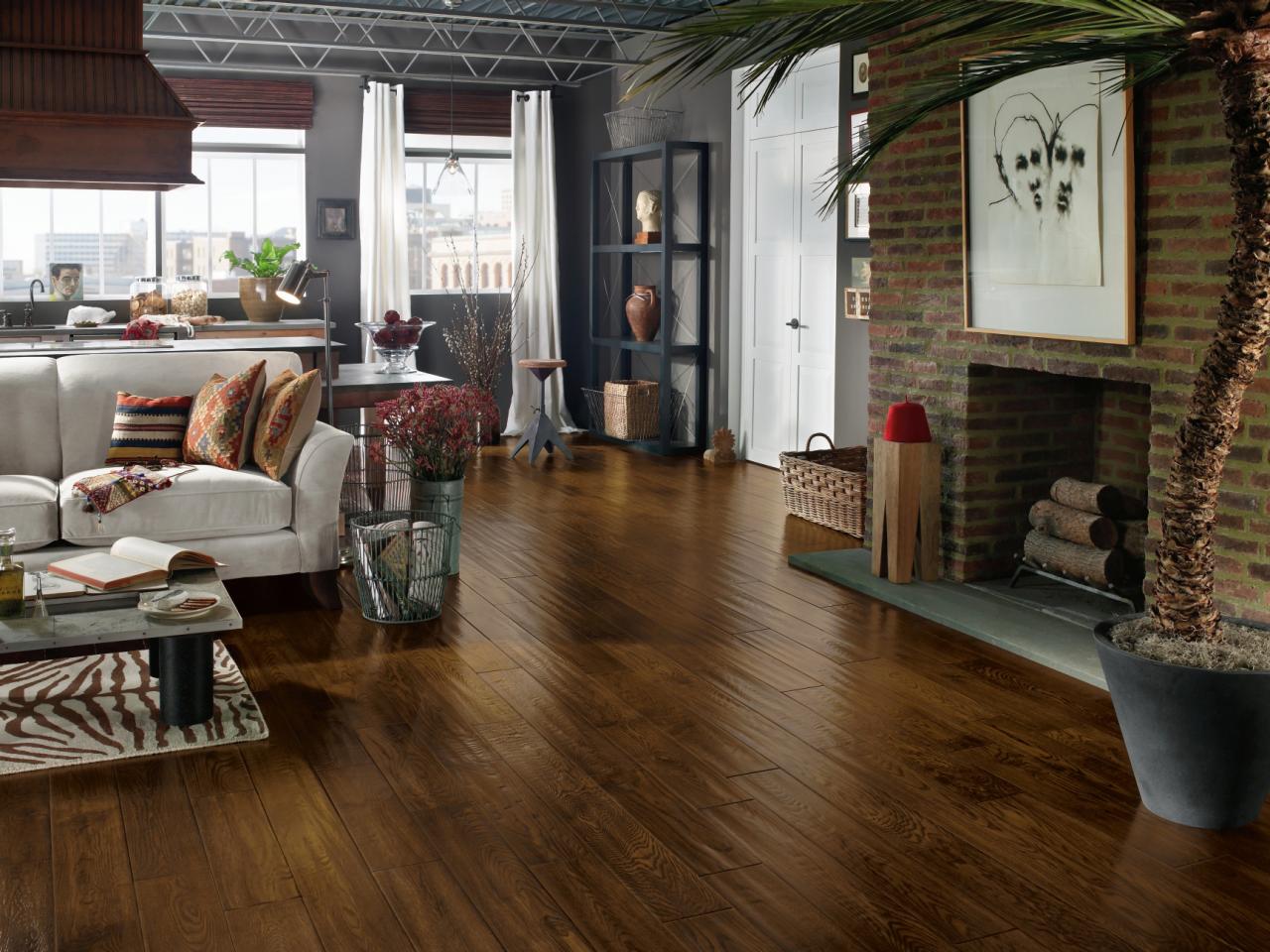
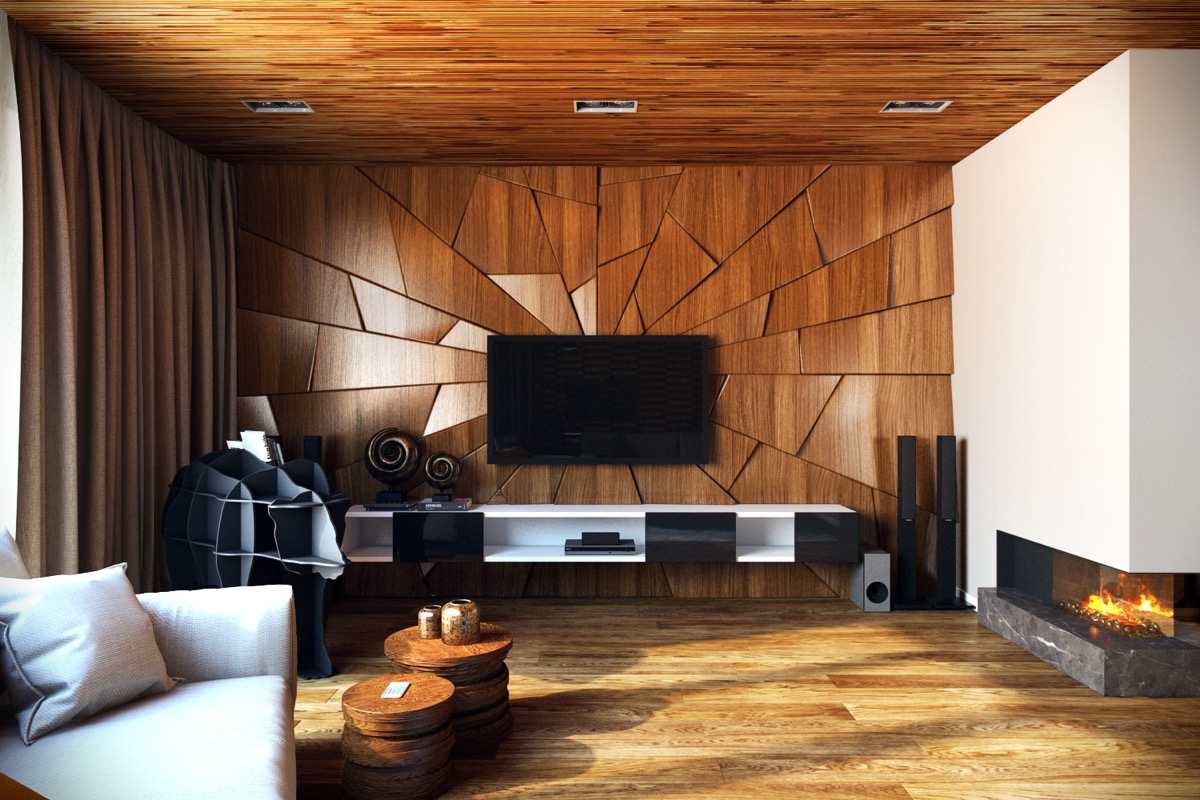
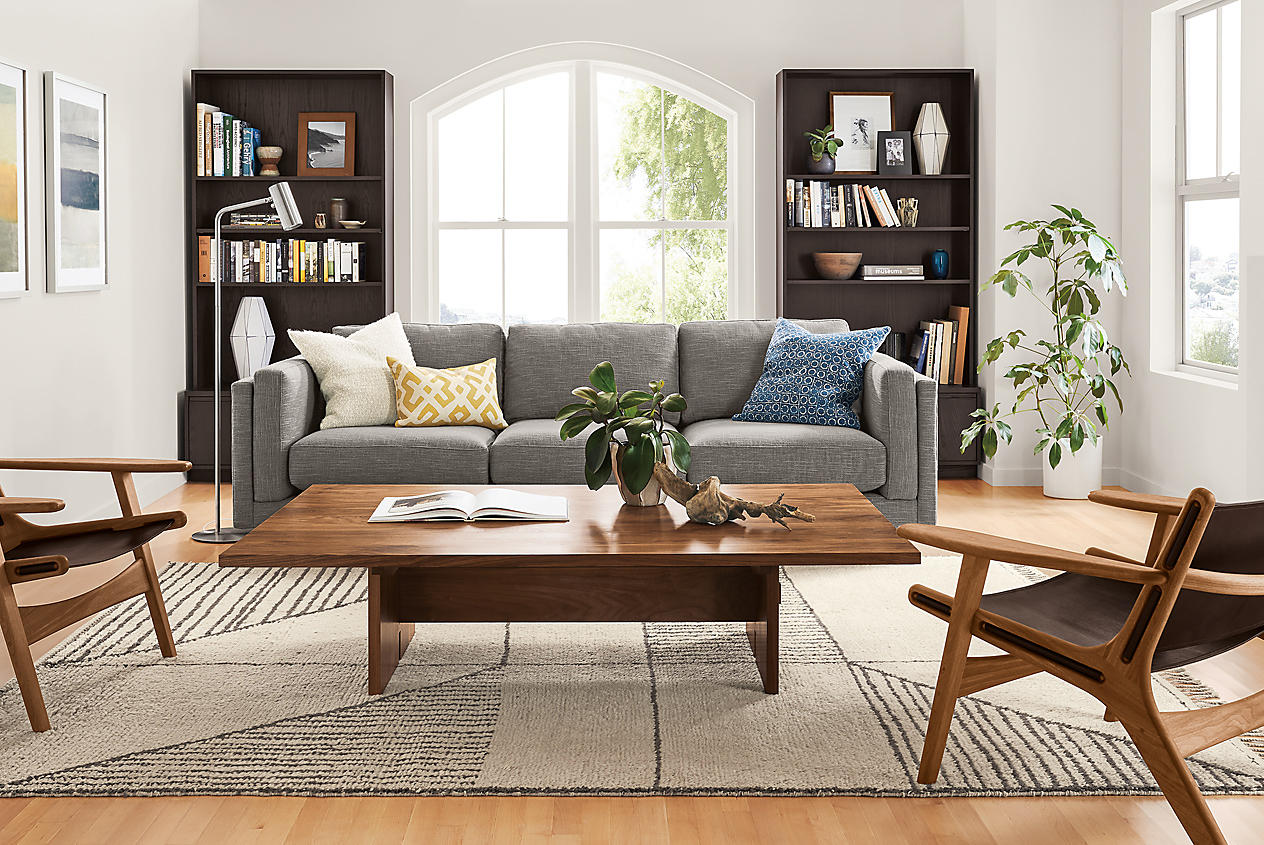
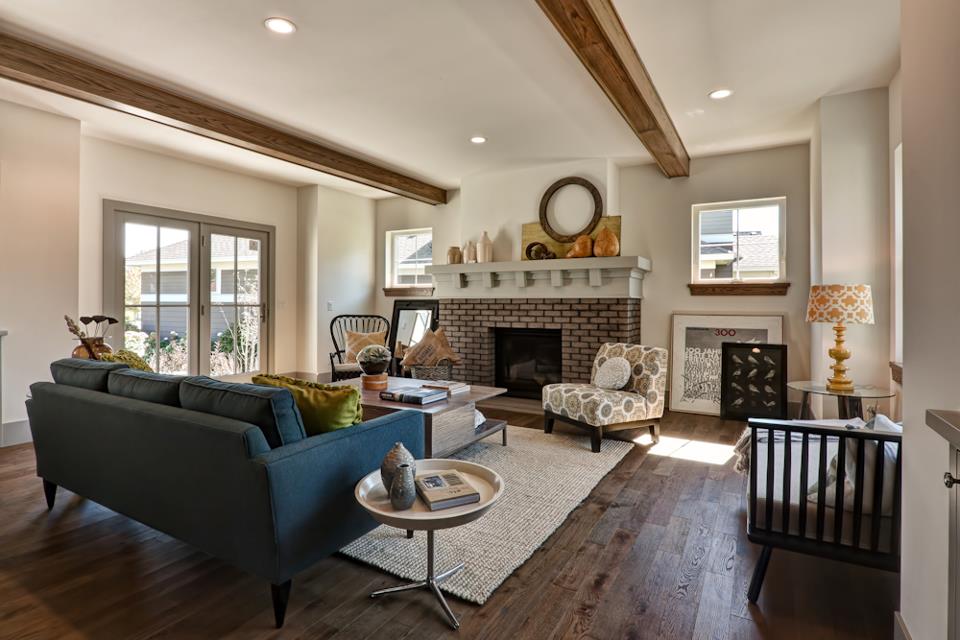
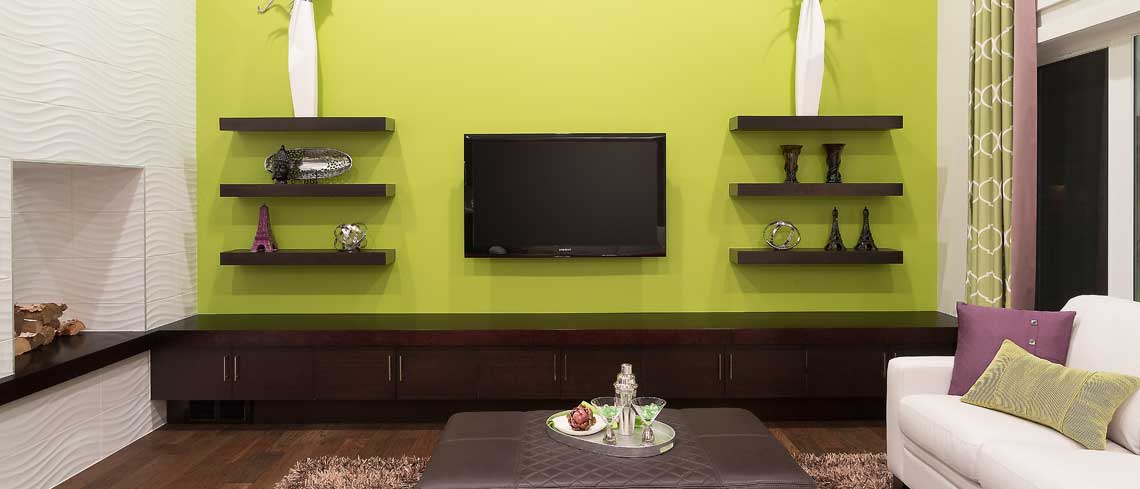


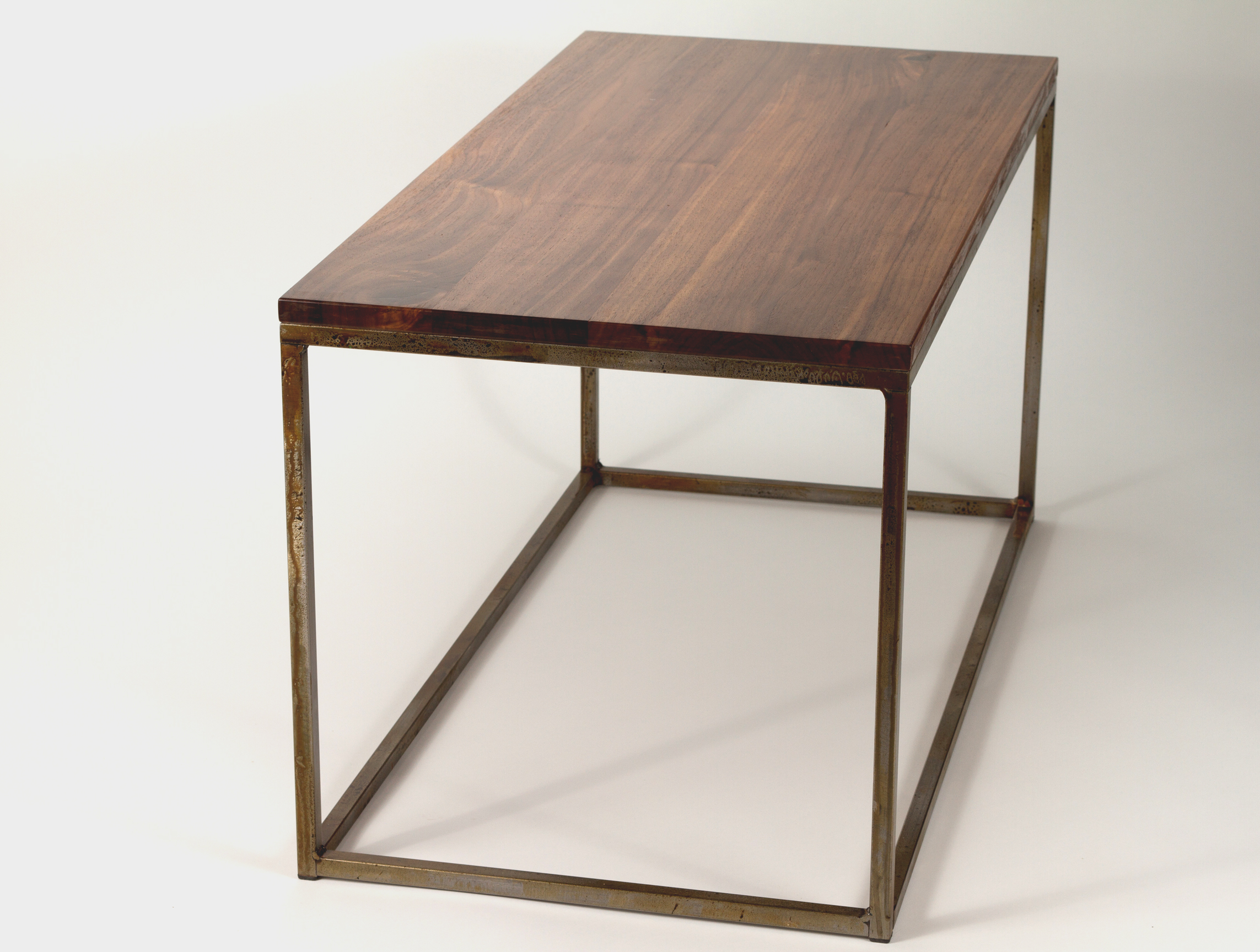

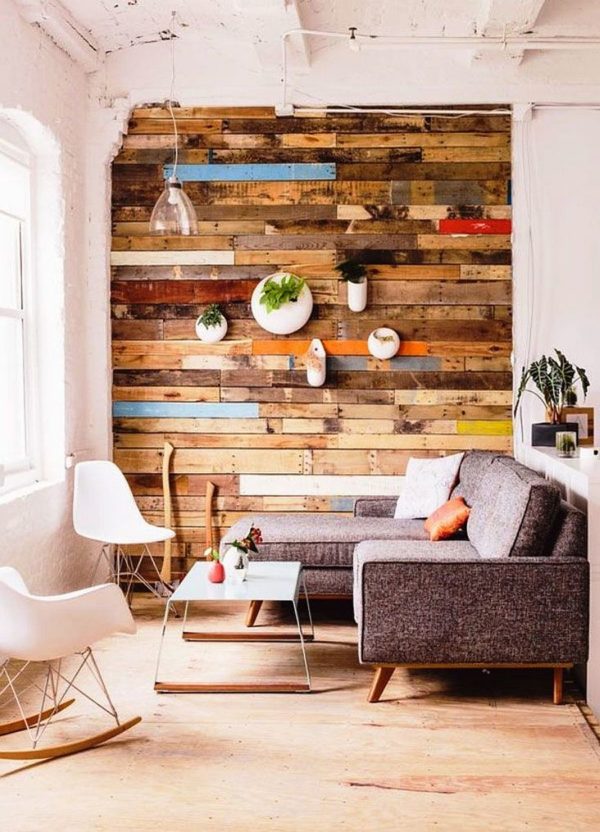


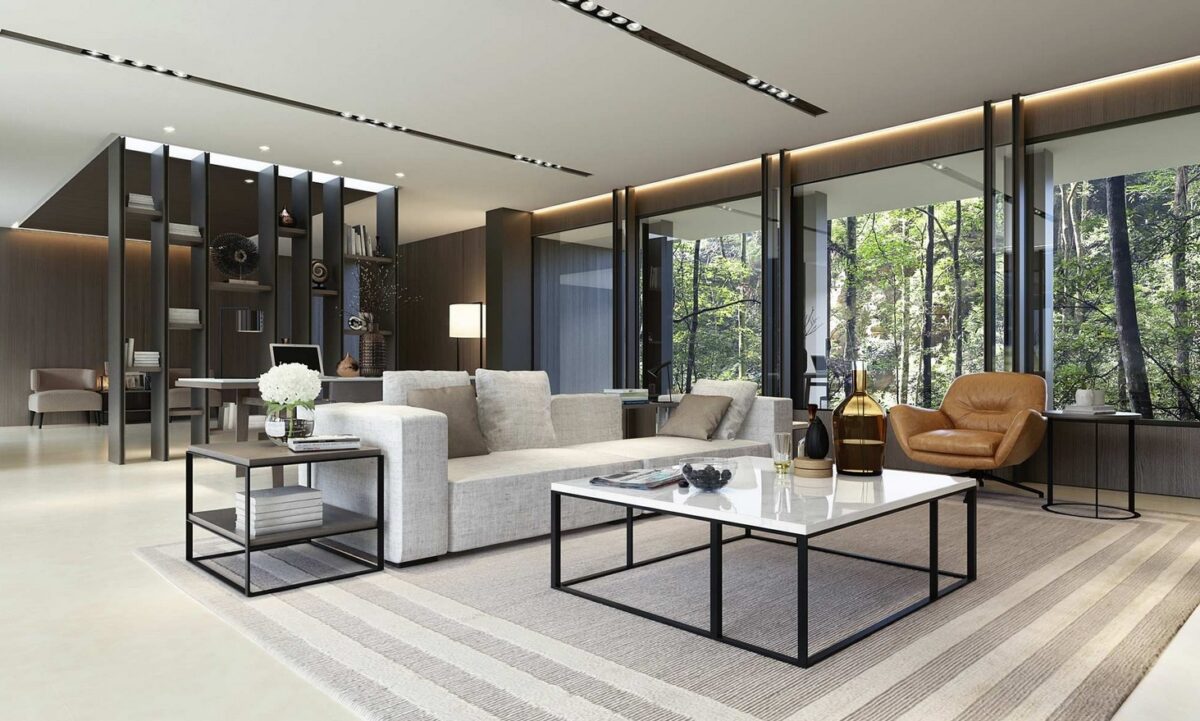

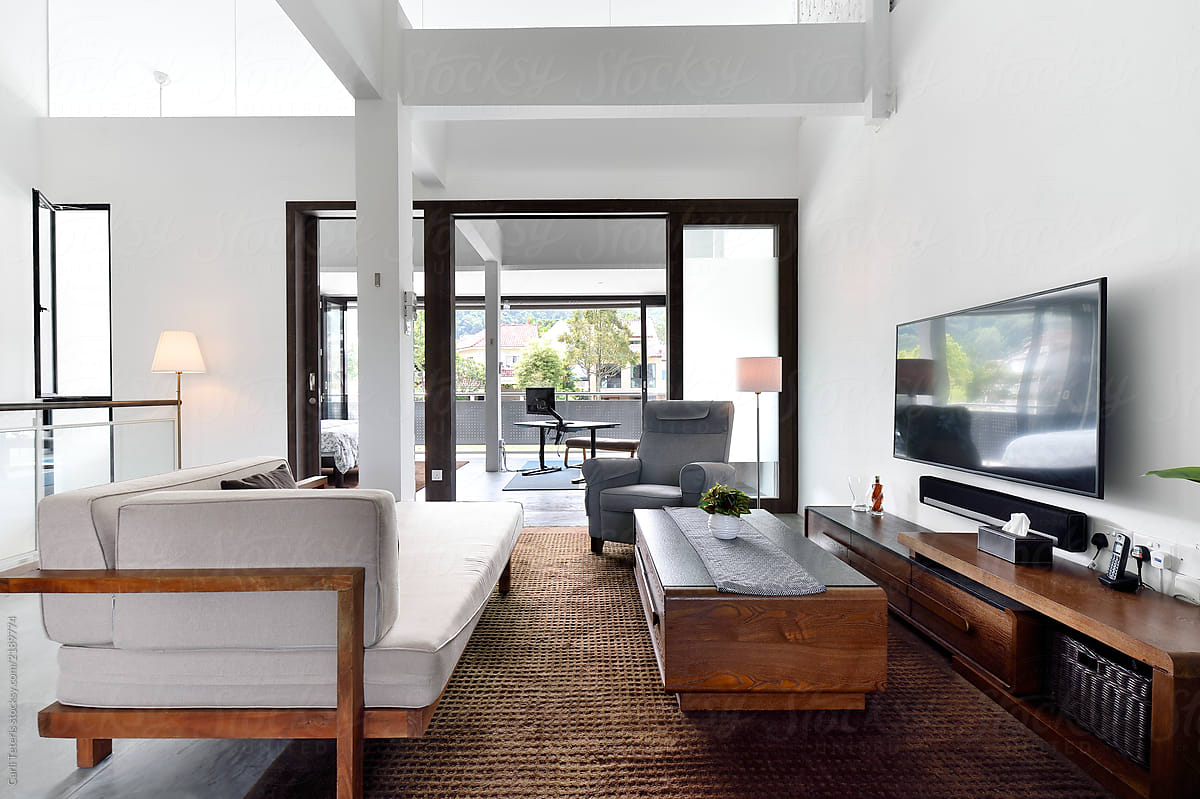
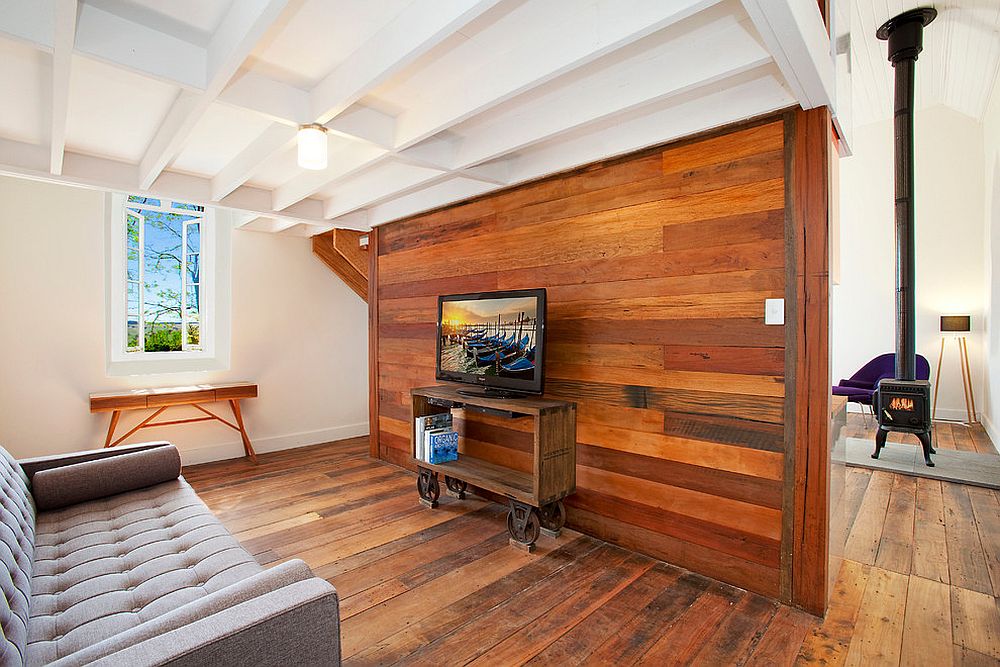
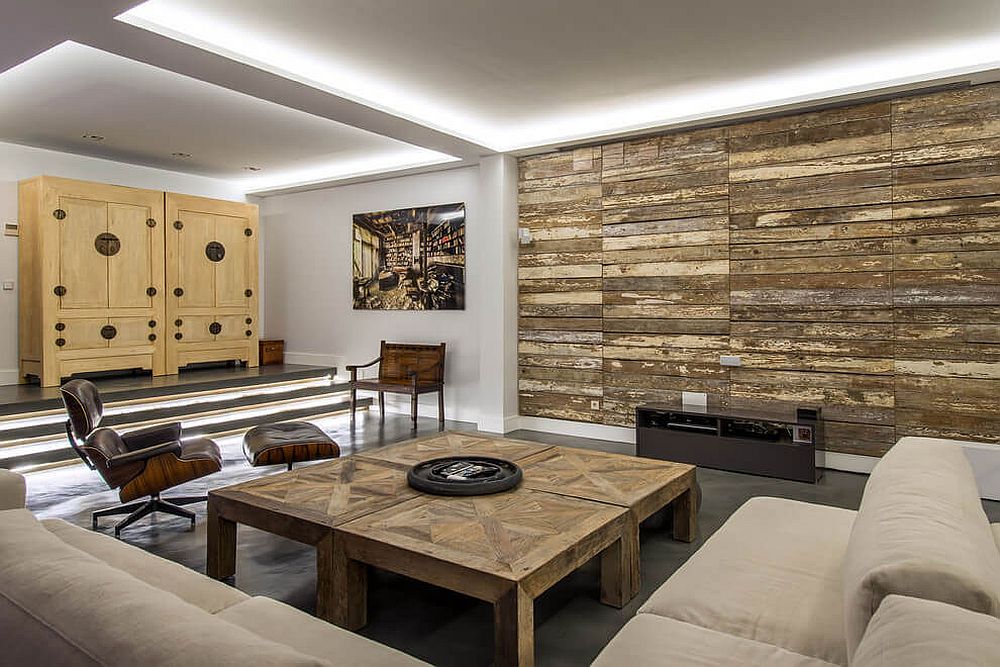

:max_bytes(150000):strip_icc()/visualvantage_84441292_216451146149693_3008351985149100497_n-30f5e244da3448979ca4ba0d88541be9.jpg)

